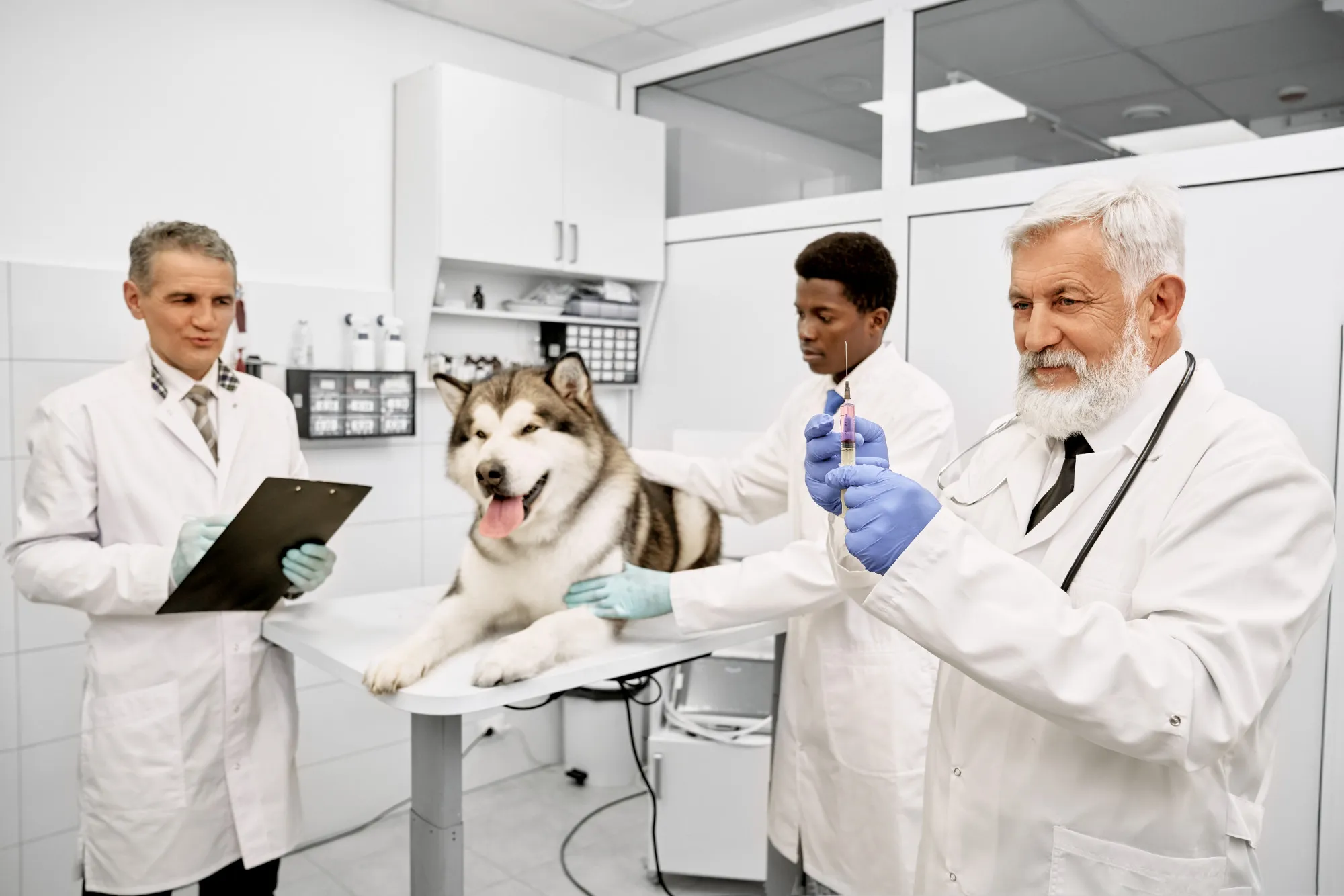In the wake of rising concerns over antimicrobial resistance (AMR), a collaborative project involving the Veterinary Laboratory Investigation and Response Network (Vet-LIRN) and veterinary diagnostic laboratories across the United States and Canada has taken a significant leap forward. The project’s recent endeavor to use whole genome sequencing (WGS) for monitoring antimicrobial resistance of animal pathogens marks a pivotal enhancement to the One Health initiative, which seeks to integrate the health of people, animals, and the environment.
The groundbreaking study, published by BMC Veterinary Research and accessible via DOI: 10.1186/s12917-019-1864-2, underlines the importance of incorporating data on companion animals into national AMR surveillance programs due to the genetic relatedness of certain bacterial isolates from both animals and humans. The Vet-LIRN project tested the antimicrobial susceptibility of 1968 clinically relevant bacterial isolates from animals, with a focus on companion animal species—a first for any monitoring program.
In 2017, 192 isolates underwent whole genome sequencing, including 69 Salmonella enterica, 63 Escherichia coli, and 60 Staphylococcus pseudintermedius—all from animal sources. The WGS revealed that 67% of the Salmonella isolates harbored no known resistance genes, and, interestingly, several isolates from both food and companion animals were genetically related to those from humans. For pathogenic E. coli, 60% of the isolates lacked resistance genes, but various resistance patterns were observed, and one isolate was predicted to be resistant to crucial antibiotics such as fluoroquinolones and cephalosporins. S. pseudintermedius displayed a bimodal distribution of resistance genes, including the mecA gene in 32% of cases.
These findings underscore the role of veterinary diagnostic laboratory data in AMR surveillance programs. The study’s authors, led by Olgica Ceric and Gregory H. Tyson from the Vet-LIRN, underscore the necessity for a One Health approach that integrates human, animal, and environmental data to battle AMR effectively. The project, funded by various grants from the U.S. Food and Drug Administration, demonstrates that WGS is a potent tool for understanding and predicting AMR in bacterial pathogens, potentially influencing treatment choices and containment strategies.
The following five references provide essential background and context for understanding the importance and implications of the Vet-LIRN collaborative project:
1. CDC. Antibiotic Resistance Threats in the United States, 2013. Atlanta, Georgia 2013.
2. Kahn LH. Antimicrobial resistance: a one health perspective. Trans R Soc Trop Med Hyg. 2017;111(6):255–260. doi: 10.1093/trstmh/trx050.
3. NARMS. 2015 National Antimicrobial Resistance Monitoring System Integrated Report. In: FDA US, editor. Silver Spring, MD 2017.
4. DANMAP. DANMAP 2017 – Use of antimicrobial agents and occurrence of antimicrobial resistance in bacteria from food animals, food and humans in Denmark. In: National Food Institute SSI, National Veterinary Institute, editor. Denmark 2017.
5. Canada PHAo. Canadian Antimicrobial Resistance Surveillance System 2017 REPORT. In: Canada PHAo, editor. Ottawa, ON 2017.
Keywords
1. Antimicrobial Resistance Surveillance
2. Whole Genome Sequencing in Veterinary
3. One Health Initiative
4. AMR in Companion Animals
5. Veterinary Diagnostic Laboratories Collaboration
The article’s content not only highlights the advances made by the Vet-LIRN project but also stresses the importance of interprofessional collaboration and continued funding for AMR-related research and surveillance using cutting-edge genomic technologies. With the incorporation of companion animal data into AMR surveillance, stakeholders in public and animal health are better equipped to identify, respond to, and prevent the spread of resistant pathogens across different species, thus safeguarding both animal welfare and public health.
